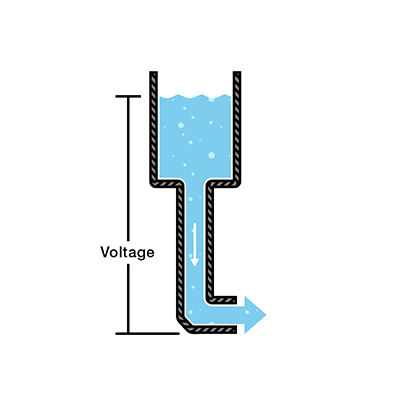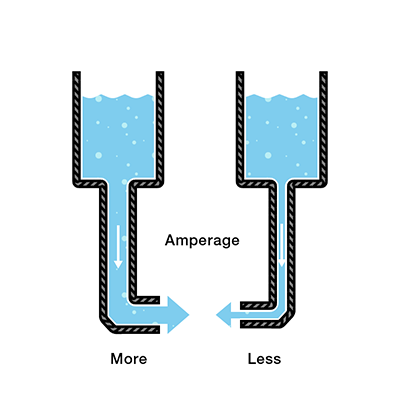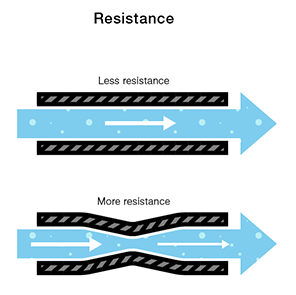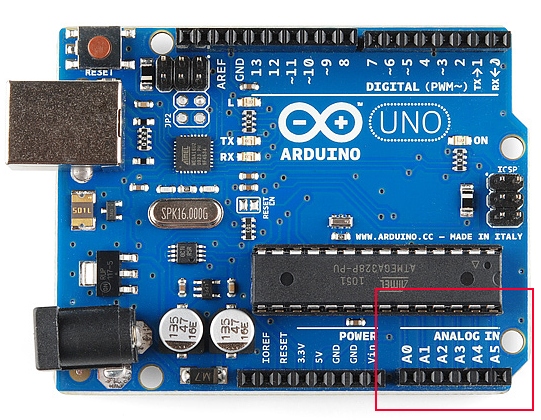ERCIM: The Promise of the Internet of Things and the Web of Things - Introduction to the Special
Theme
"Improvements in electronics are enabling widespread deployment of connected sensors and actuators (the Internet of Things) with predictions of tens of billions of smart objects by 2020 (Cisco 2011). This raises huge challenges for security, privacy and data handling, along with great opportunities across many application domains, e.g., home and building automation, retail, healthcare, electrical grids, transport, logistics, manufacturing, and environmental monitoring (IERC 2014).
...
For the Web of Things, this corresponds to finding services that can perform these tasks, e.g., transforming data, identifying events that are implied by a combination of lower level events, or carrying out actions with a combination of actuators.
The ‘things’ in the Web of Things are virtual objects. They can represent real world objects such as sensors and actuators, people and locations, or even abstract ideas like periods of time (e.g., the 70’s) or events (e.g., a football match, concert or play). The ‘web’ in the Web of Things refers to the idea that things’ are accessible via Web technologies, e.g., HTTP at the protocol layer, or scripting APIs at the services layer."



